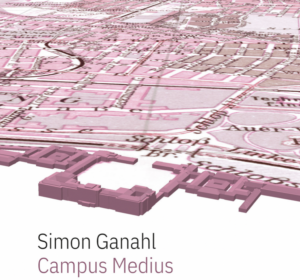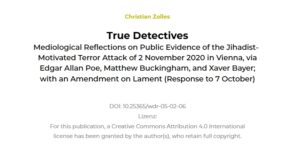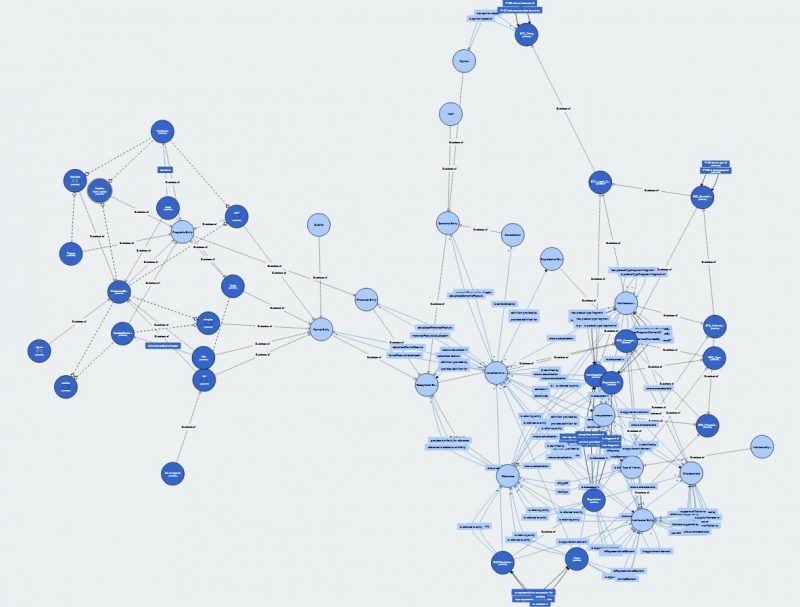
Ressourcen zum Round Table: Semantic Web in den Geisteswissenschaften
Auf vielfachen Wunsch finden Sie hier nachträglich einige Informationen zum Round Table vom 7. 5. 2018.
Inhalte:
- Präsentation: Matteo Lorenzini, Knowledge management in DH: from definition to fruition
- Literaturhinweise, Ressourcen, Anwendungsbeispiele
- SPARQL
- code4research
Die Präsentation von Matteo Lorenzini, ACDH (mit Dank an den Vortragenden)
Ergänzend: Literaturhinweise, Ressourcen und Anwendungsbeispiele (Bernhard Oberreither)
Basics:
- A statement by Tim Berners-Lee from 1998 concerning the semantic web: https://www.w3.org/People/Berners-Lee/ShortHistory.html
- An introductory chapter to ontologies: Harald Klinke: Ontologien. In: Fotis Jannidis u. a. (Hg.): Digital Humanities. Stuttgart 2017, S. 162–177.
https://link.springer.com/book/10.1007%2F978-3-476-05446-3 - Perspectives on semantic web technology in the Humanities: Ciotti, Fabio, “Digital literary and cultural studies: the state of the art and perspectives”, Tecnologia, immaginazione e forme del narrare, Ed. L. Esposito, E. Piga, A. Ruggiero,, Between, IV.8 (2014), URL: https://doaj.org/article/ba14089c3855418683dfb91cec8eb9b1
Some essential passages from Ciotti’s paper:
“Despite increasing theoretical awareness, the tools of representation and analysis produced so far have not satisfactorily addressed the problem of the specificity and complexity of the cultural and literary studies domain. In fact, the intellectual investment in the definition of new models and languages for the formal representation and processing of complex cultural objects has been rather low. Most commonly we have inherited and applied models and languages developed in computer science for different domains and necessities.” (p. 4)
“My point is that a virtuous convergence between cultural and literary digital resources, ontologies and linked data practices represents a big opportunity for the future development of Literary and Digital Humanities.” (p. 9)
“In the Humanities and Literary Studies, conceptual formalization must face the deep problem of the indeterminacy of theories and of theoretical terms. We can concede that indeterminacy is a characteristic of the object domain. Nevertheless, as long as we want to use computing we need to reduce that which is implicit and, with the consciousness that formal modeling is inside the hermeneutic process and that we are expected to modify and adapt it, must formalize it ad infinitum.” (p. 11) - The OWL2-Syntax: https://www.w3.org/TR/owl2-syntax
Ontologies:
- Links to some essential ontologies for the humanities:
- CIDOC-CRM: “The CIDOC Conceptual Reference Model (CRM) provides definitions and a formal structure for describing the implicit and explicit concepts and relationships used in cultural heritage documentation.”
http://www.cidoc-crm.org/
http://www.cidoc-crm.org/sites/default/files/cidoc_crm_version_5.0.4.pdf
- FRBRoo: “The FRBRoo is a formal ontology intended to capture and represent the underlying semantics of bibliographic information and to facilitate the integration, mediation, and interchange of bibliographic and museum information.”
http://www.cidoc-crm.org/frbroo/home-0
http://www.cidoc-crm.org/frbroo/sites/default/files/FRBRoo_V2.4.pdf - SPAR-ontologies: “The Semantic Publishing and Referencing Ontologies, a.k.a. SPAR Ontologies, form a suite of orthogonal and complementary OWL 2 DL ontology modules for the creation of comprehensive machine-readable RDF metadata for every aspect of semantic publishing and referencing: document description, bibliographic resource identifiers, types of citations and related contexts, bibliographic references, document parts and status, agents‘ roles and contributions, bibliometric data and workflow processes.”
http://www.sparontologies.net/
Among the SPAR-ontologies, see for instance:- http://www.sparontologies.net/ontologies/cito “is an ontology that enables characterization of the nature or type of citations, both factually and rhetorically”
- http://www.sparontologies.net/ontologies/doco “is an ontology that provides a structured vocabulary written of document components, both structural (e.g., block, inline, paragraph, section, chapter) and rhetorical (e.g., introduction, discussion, acknowledgements, reference list, figure, appendix)”
- The Web Annotation Data Model: “The Web Annotation Data Model specification describes a structured model and format to enable annotations to be shared and reused across different hardware and software platforms.”
https://www.w3.org/TR/annotation-model/
Implemented in these annotation tools:- http://thepund.it (for an interesting use case see the BurckhardtSource-project)
- https://hypothes.is/
- CIDOC-CRM: “The CIDOC Conceptual Reference Model (CRM) provides definitions and a formal structure for describing the implicit and explicit concepts and relationships used in cultural heritage documentation.”
Tools:
- A tool for ontology building: https://protege.stanford.edu
- A tool for ontology visualisation: http://www.visualdataweb.de/webvowl/
SPARQL (Ingo Börner)
- https://www.wikidata.org
- Example Arthur Schnitzler (Q44331): https://www.wikidata.org/wiki/Q44331
- Wikidata Query Service: https://query.wikidata.org
- Facts about Facts about wd:Q44331: http://tinyurl.com/y744ajmy
- Austrian Writers in Wikidata: http://tinyurl.com/y8pec94r (can be displayed as Timeline and Map)
- Example of Federated Query combining data of local endpoint (Student’s project Ver Sacrum – https://github.com/danielgonaus/versacrum) and Wikidata to get birth places of authors: http://bit.ly/2JZxB8T
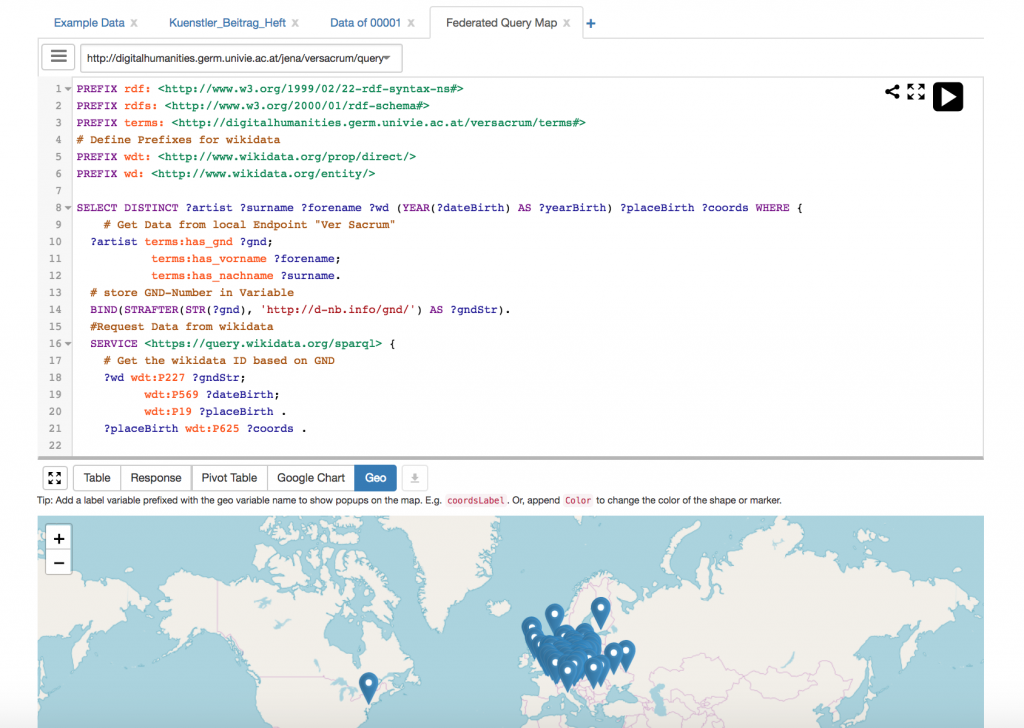
CC BY Ingo Boerner
Link zur Gruppe code4research
– das Netzwerk für nachhaltige Softwareentwicklung an der Universität Wien:
https://datamanagement.univie.ac.at/rdm/netzwerk-nachhaltige-softwareentwicklung/
Additional links (not mentioned at the Round Table):
- A number of resources discussed/presented at the DH2017 workshop „Advancing Linked Open Data in the Humanities“
- „Nurcara“ https://github.com/matteoLorenzini/Nurcara – application developed in order to provide a CIDOC-CRM implementation starting from a relational MySQL Db.

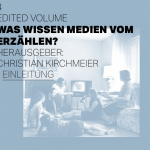 Previous Post
Previous Post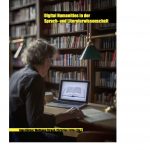 Next Post
Next Post
